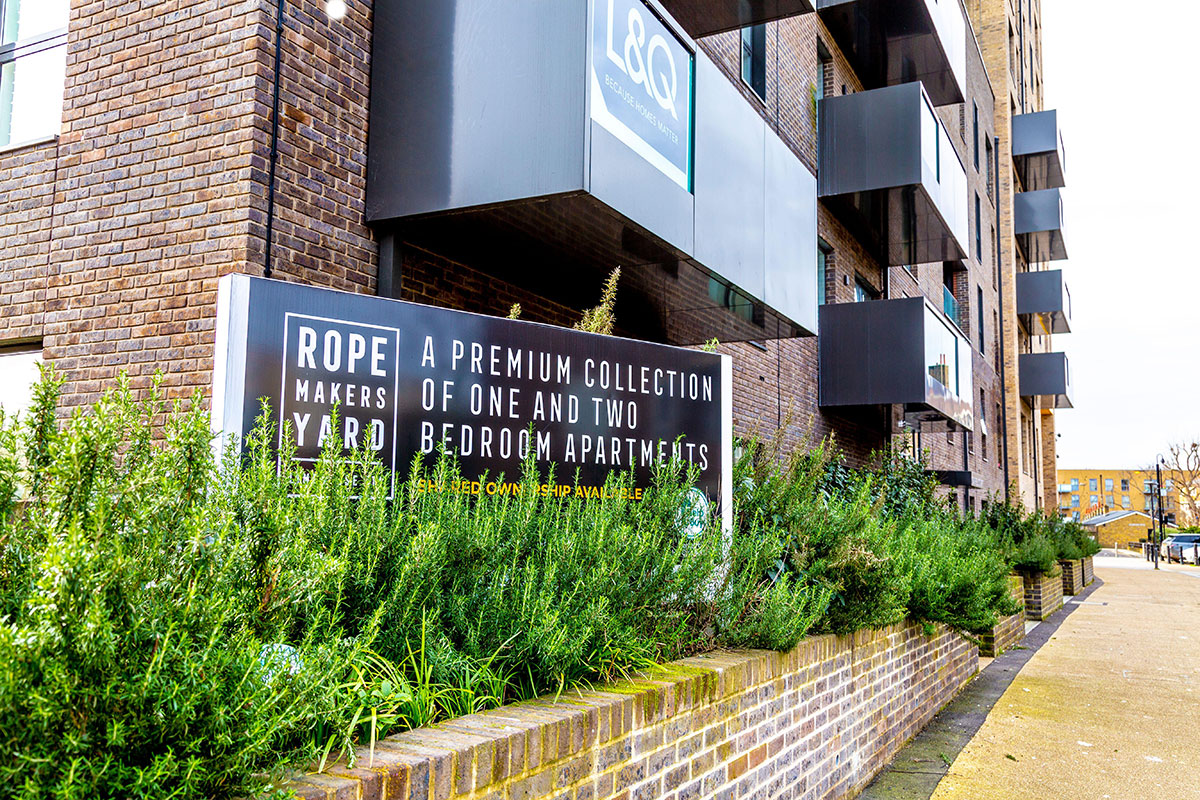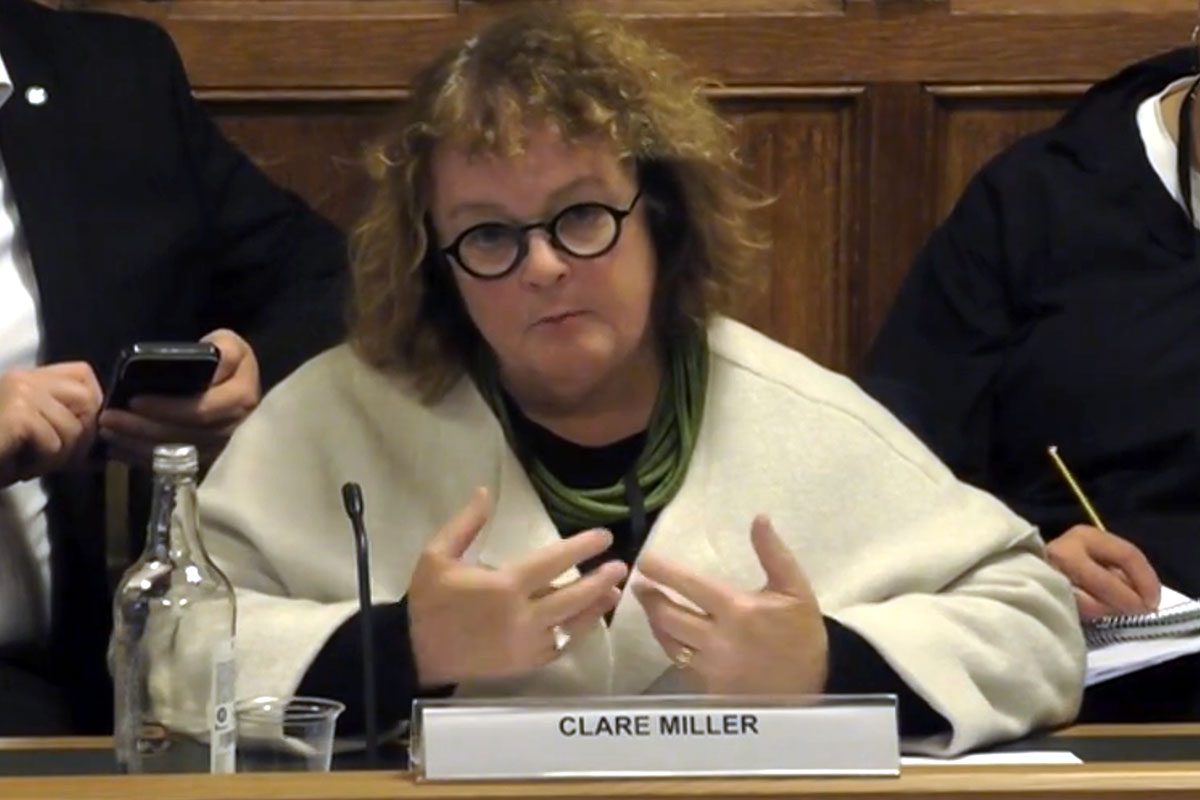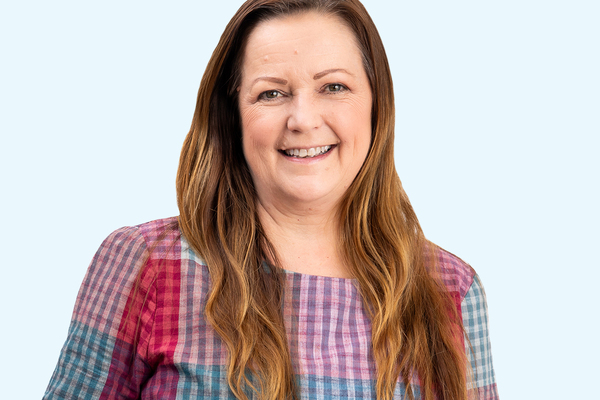What the submitted inquiry evidence tells us about shared ownership
Last year, a new cross-party inquiry pledged to examine the challenges with shared ownership. Inside Housing has looked through responses to find out what landlords and residents think of the product. Stephen Delahunty reports

When the inquiry into shared ownership opened in July last year, it promised to examine staircasing, reselling and the affordability of service charges. These are obviously some of the biggest issues the sector wrestles with, and poor experience with them are among the more regular complaints residents raise with Inside Housing about shared ownership.
At the same time, the product is arguably the only real option for many to get on the housing ladder, at a time when house prices are more than eight times the average earnings in England.
The Levelling Up, Housing and Communities (LUHC) Committee received a total of 100 written responses before the September submission deadline, which were published at the end of last year.
In order to understand the thinking that will influence the inquiry’s recommendations, Inside Housing has been through a large number of these responses to understand what both landlords and tenants are feeding into the system.
The inquiry has focused on two areas. The shared ownership scheme – established in 1980 – and the Right to Shared Ownership, which provides an alternative pathway to homeownership in England and is delivered through the Affordable Homes Programme 2021-26.
The product, which sees buyers purchase an equity stake in a property and pay a reduced rent on the remaining share, is often marketed as a more affordable route into homeownership as it requires a smaller deposit and mortgage.
However, new research in May 2023 warned that the product risks becoming “financially unsustainable” for lower-income buyers over time due to its “upward-only” costs and a system that requires them to buy as much as they can afford at the outset.
The report by the Shared Ownership Resources (SOR) platform found that rising rents, service charges and ground rents chip away at the financial resilience of buyers who were required to take on as much as they could possibly afford at the start.
This report followed a decision by the advertising watchdog in September 2022 that upheld two of three complaints of misleading advertising related to shared ownership.
These adverts were on a website that was owned by the National Housing Federation (NHF) at the time.
One of the complaints upheld by the Advertising Standards Authority (ASA) was about a lack of information and detail relating to the cost and process of lease extensions on some shared ownership properties.
The website claimed that a shared ownership lease would provide the additional information needed to understand the renewal process, but the ASA described this as “unlikely”. This is because the model lease published by Homes England, which landlords are strongly recommended to adopt, contains no provisions on the process and cost of a lease renewal.
For the inquiry, MPs are tasked with examining some of these issues, including barriers to achieving full homeownership, exploring challenges around reselling, and affordability issues such as service charges and maintenance responsibilities.
It will also look into how mortgage availability and the limited range of providers, with varying costs between them, affect the experience of the product.
The landlord’s view
As part of its nine-page submission, the NHF began by outlining its belief that there is a risk that discussion around shared ownership increasingly conflates leasehold and service charge issues with the product itself.
Financial struggles
● Analysis by the Joseph Rowntree Foundation (JRF) suggested that around a fifth of shared owners are in poverty
● This figure is double that found for households buying outright or with a mortgage
● JRF also found that 44% of low-income shared owners have gone without three or more essentials and 45% have low or no savings
The NHF said: “Feedback from our members suggests the product works well for key workers and waiting lists for shared ownership properties regularly exceed the number of homes available.
“Given the scale of the overall affordability challenge that accessing homeownership presents in London, shared ownership is less accessible to lower-income households in the capital.
“The NHF believes the government needs to do more work with valuers, lenders and conveyancers to ensure mortgage finance can be consistently made available for flats affected by the building safety crisis so that shared owners who want to sell can do so.”
Inside Housing has written several reports about how shared owners living in blocks with fire safety issues have faced having to pay thousands on top of remediation costs to extend their leases, which are losing value due to market delays caused by the building safety crisis.
In its written evidence, the Chartered Institute of Housing (CIH) said: “Shared ownership can provide a successful housing solution for many people – it is an affordable route into homeownership for those who cannot afford a deposit to buy outright and has a greater security of tenure than the private rented sector.”
However, the CIH also said: “Consumer experience of shared ownership has been mixed and some reforms are needed. But, as set out in a recent discussion paper by Social Finance, a new industry-led framework could drive many of the improvements and help to re-launch shared ownership so it meets its full potential.”
Many landlords believe shared ownership has the potential to fill the gap left by schemes such as the Help to Buy, which came to an end in March last year.
Evidence submitted on behalf of the Greater Manchester Housing Providers (GMHP) and Great Places Housing Group made this point.
GMHP said: “With rising salaries following inflation and increasing property values, now may be an appropriate time to consider increasing the income cap of £80,000 in our regions.
“Partners do receive applications where customers are very close to this threshold, and particularly with the loss of the Help to Buy and shared ownership attracting a different, broader audience, this will likely happen more frequently. The household income cap potentially limits providers’ ability to offer shared ownership in higher-value areas due to affordability concerns.”
GMHP also highlighted how some members believe that the merits of shared ownership houses do not translate to high-density urban apartment developments.
This is particularly relevant when it comes to service charges, because if someone’s earnings are too low to cover rising costs, this limits prospects for future staircasing.
GMHP added: “It is also important to remember that shared ownership as a product was only recently changed and so it is too early to comment on whether the new product is perceived to deliver improved value for money.”
“The repairing liability, reduced staircasing tranches and a lack of fees may go some way to assist this and evidence that work has already been done to tackle perceived poor value for money and lack of fairness.”
Other reforms are also under way to improve the rights of shared owners. These include the transition to the new model lease, which introduces a £500-per-year contribution for repairs from the provider for the first 10 years, as well as a new minimum stake of 10%, and easier options for staircasing.
Schrödinger’s flat
The G15 network of London’s largest landlords said the product gives a range of households the chance to own in a city that has extensive affordability challenges, although the group said it should not come at the expense of social rent homes.
The G15 said: “Residents in shared ownership properties also have the benefit of a stable home which, compared to the most likely alternative of private renting, comes with lower housing costs, including rents that only increase by a measure linked to inflation and not the market.
“We recognise that more could be done at the point of sale to ensure customers are aware of service charges and potential costs and are acutely aware that inflation has increased the cost of service-chargeable items recently.”
Several residents have contacted Inside Housing with concerns about the product being sold. As a result, the Financial Conduct Authority warned landlords in August against providing financial advice related to loans and pension contributions to prospective shared owners during the sales process.
The issue of how the product is sold was something highlighted by the boss of the UK’s largest landlord during her oral evidence session in December.
Clare Miller, chief executive of Clarion, told MPs that providers of shared ownership “need to be clear about what they’re selling”.
She said: “The trick to this [shared ownership] is being absolutely clear at the outset what the product is that you’re selling and making sure that the buyer understands that.
“To that end, I think registered providers are now all using the key information documents, which enable the purchaser to take a much better informed view without relying just on the purchaser taking advice from a solicitor.”
As part of the written evidence bundle, dozens of shared owners provided their personal experience alongside a submission by the SOR platform. Building on its previous research, SOR described the product as “Schrödinger’s flat”, as it believes it is both affordable and unaffordable.
39%
Increase in one shared owner’s service charge over two years
10%
New minimum stake people can have in their shared ownership home
1980
The year shared ownership was established
“Initial affordability assessments do not stress-test relationships between current and anticipated future household income, anticipated pathways through the tenure and inevitable increases in total housing costs,” SOR said.
“The current requirement that prospective shared owners purchase the maximum share that they can afford – combined with a high affordability threshold of 40-45% – leaves shared owners little headroom to absorb any subsequent increase in total housing costs, with potentially adverse consequences if wage inflation decouples from general inflation.”
The potential to absorb increasing costs was highlighted by one shared owner who was concerned about their retirement.
They said: “Such schemes make the property market seem buoyant when buyers can only actually afford small percentages of the sale price and may well never ‘own’ their homes. I cannot retire in my daughter’s childhood home – the monthly rent and service charge will be more than my combined pensions. This should have been my home-for-life.”
On the one hand, another shared owner said they believed the route does offer an affordable route to shared ownership, especially in London.
However, they felt it was not acceptable that service charge and rent increases are allowed to increase with no consultation or regard for residents.
They added that they did not see what value the managing agent brought to the process, and added that government moves to cap rent increases last year probably helped some people stay in their homes.
“What has not been considered is the service charge; in two years my service charge has increased 39%,” they said. “If I had known this when purchasing the property I probably wouldn’t have bought it. While I think the property provides good value for money, more needs to be done to keep this housing affordable after the owners move in.”
This respondent said staircasing feels “impossible” due to the costs involved with the process and how much prices have risen since they bought the property.
This issue was echoed by another shared owner who said: “Ideally, I would staircase in increments of say 5%, but solicitors’ fees and associated costs mean that it is not viable.”
They suggested subsidising the additional legal costs at the point of purchase and reducing the transaction costs for staircasing.
Sign up to our Best of In-Depth newsletter
We have recently relaunched our weekly Long Read newsletter as Best of In-Depth. The idea is to bring you a shorter selection of the very best analysis and comment we are publishing each week.
Already have an account? Click here to manage your newsletters.












